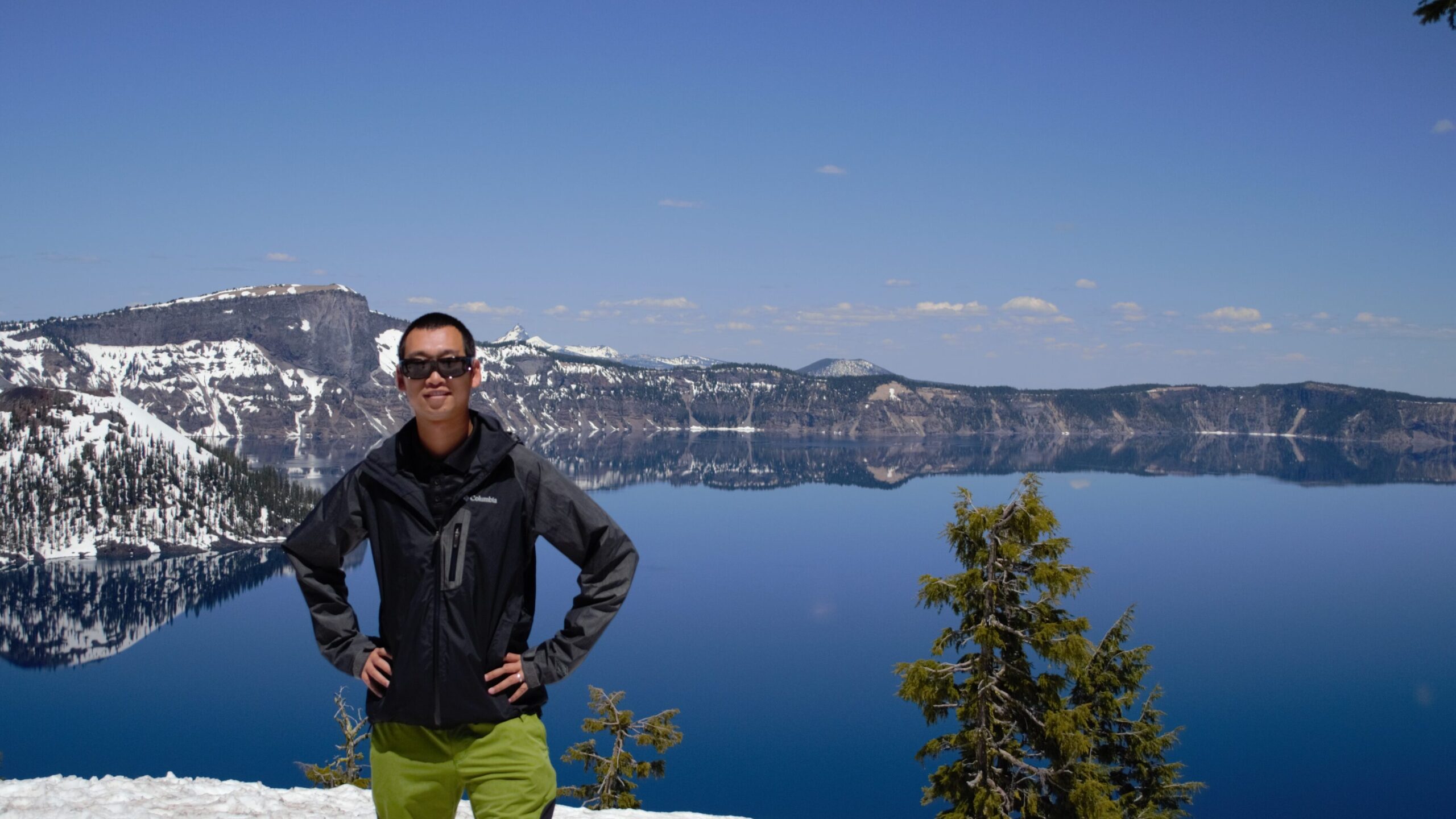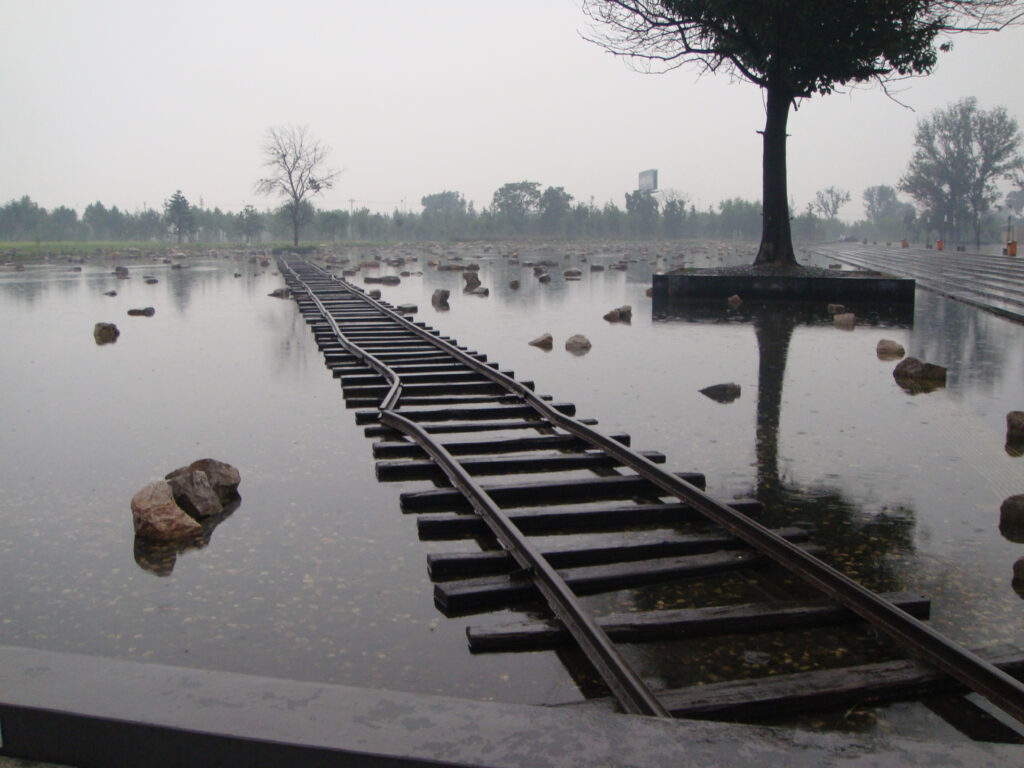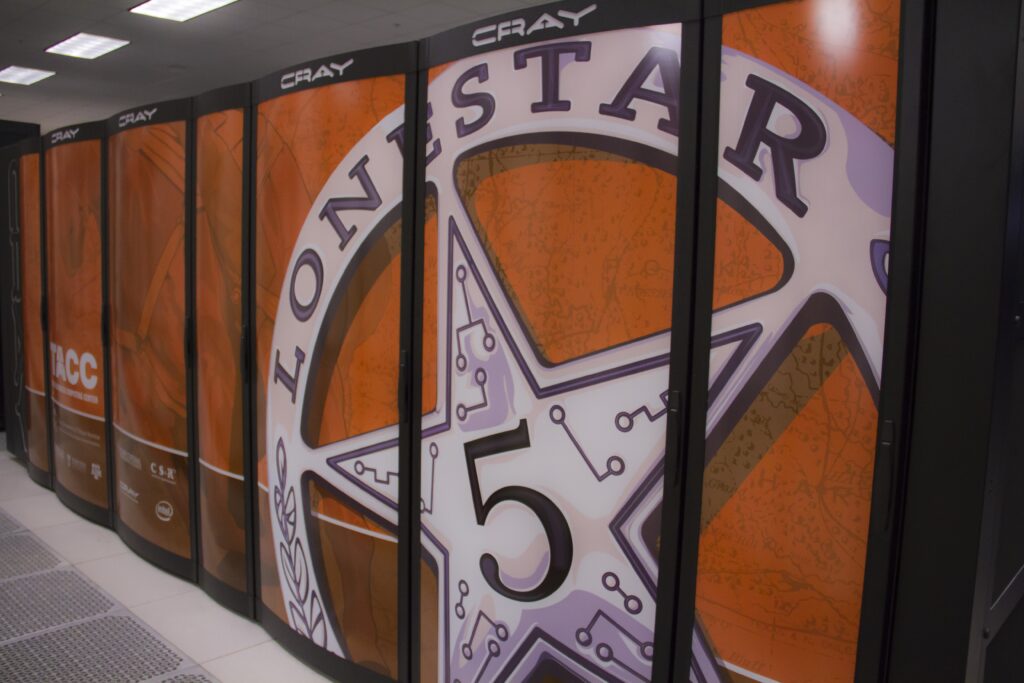MEET THE SCIENTIST

Dunyu Liu is a computational geoscientist at the University of Texas Institute for Geophysics (UTIG), and the first official hire to support computational science activities across UTIG. A seismologist by training, Liu is helping build bridges between geophysical research and high performance computing.
In 2008, when Dunyu Liu was an undergraduate, a magnitude 8 earthquake struck southeast China. The earthquake killed 87,000 people and left much of Sichuan province in ruins. Although Liu was safely 900 miles away at Peking University, the tragic event had a profound effect on the young sophomore.
“It was in the news for a long time,” Liu remembered. “People were donating food and money, many actually went there to help rescue people and build shelters.”
Liu decided there was another way he could help.
“I realized that if we can better understand these kinds of earthquakes, maybe we can better predict them in the future,” he said. “That’s how I got into earthquake studies.”
Liu switched his major to seismology and buckled down to learn all he could about earthquakes and the seismic forces that trigger them. His studies soon led him to supercomputers, which he realized were a great way of understanding complex processes like earthquakes.
For Liu, the potential of supercomputers was clear. But he quickly saw that they were underused in the Earth sciences. That’s because although many understood their rapidly growing importance, very few had the computational background to make use of them. At the same time, computer scientists who had been hired to help lacked the right background.
“In geophysics, our computational needs are strongly correlated with the questions we ask,” he explained. “You need to have a really good understanding of the question from a geophysical perspective.”
Now, Liu’s ability to apply computational science to geophysics has found a home at the University of Texas Institute for Geophysics (UTIG), an organization whose mission to advance science while helping society, chimes with his own.
At UTIG, Liu’s role is to help researchers do their science using readily available supercomputer resources, such as those found at The University of Texas at Austin’s Texas Advanced Computing Center (TACC), which is literally next door to the institute.
For UTIG Director Demian Saffer, hiring Liu has elevated the institute’s research aspirations.
“Dunyu helps us leverage university strengths in computational science and resources, including TACC,” he said. “His presence brings new capabilities to our research programs by advancing the institute’s growing efforts in computational geophysics across a wide range of disciplines, and complements our existing strengths in expeditionary-scale fieldwork.”

Bitesize Computational Geophysics
Liu’s introduction to supercomputers began as an undergraduate, while studying the physical processes leading up to an earthquake. Earthquakes are influenced by countless processes that span the entire Earth. To make sense of the chaos, scientists simulate them on computers using complex mathematics that recreate in minute detail everything that happens before, during, and after a quake. Piecing together such a vast and complex chain of events requires a lot of computational power.
“The process of how an earthquake occurs can’t be practically solved on a single computer core,” Liu said. “You need high performance computing and you need tools, like numerical methods.”
Numerical methods are techniques for turning complex mathematical equations into realistic physics simulations. Liu became familiar with numerical methods as an undergraduate, then put them to use for a grad school project that modeled seismic shaking from a proposed subway line.
The technique used in that project is called “finite element method,” and is a way of solving complex problems by breaking them down into more manageable – or finite – pieces. It is commonly used in engineering, for example, to predict how a car crumples when it crashes. In Earth sciences, the physics are far more chaotic and involve much larger objects – namely, tectonic plates. But given enough processing power, they too can be simulated. For his master’s thesis, Liu, with the help of his graduate school advisor and Peking University’s high performance computer clusters, used the finite element technique to create a supercomputer-driven model of the 2011 Tohoku earthquake that simulated the dynamic rupturing process as the earthquake unfolded.
Liu believes that the finite element method will become increasingly relevant in the Earth sciences, where new supercomputers have the power to make sense of dynamic earth processes such as earthquakes and climate change.
Supercomputing for Dummies
Liu has enjoyed learning about TACC’s hardware capabilities, and is excited about the potentials offered by the sheer number of computing clusters in one system.
“At TACC, Lonestar5 alone has 30,000 cores,” Liu said. “These are really powerful machines!”
But he is even more interested in the software environment that allows supercomputers to run applications and crunch data. By necessity, the environment is very sophisticated and is often the largest obstacle to scientists who aren’t computing experts.
To help these scientists get up and running with using supercomputers, Liu is developing documents that he describes as “quick start, one-page guides.”
“My big idea is to make the process easy and user-friendly,” he said. “We don’t want the scientists to have to read lots of big technical documents about hardware and software environment every time they want to run a computer model.”
Once complete, the documents will save researchers a lot of time and, Liu hopes, encourage scientists at all career stages to gain at least a basic understanding of the sophisticated tools at their disposal and how to make the most of them.

Advancing UTIG’s Capability Toolset
In many ways, Liu’s position at UTIG, which was created to support computational activities across the institute, is all about changing mindsets. It is about showing junior researchers how to tackle big science questions while also helping project leaders learn how supercomputers can help enhance their research.
One of Liu’s first projects is to provide technical support for simulations of Earth’s climate. The project is led by UTIG climate scientists Charles Jackson, Yuko Okumura and Geeta Persad, who is also an assistant professor in the Department of Geological Sciences. It will effectively bring the latest version of one of the world’s most sophisticated climate simulations, the Community Earth System Model, to TACC, making it available for other climate researchers at UTIG and throughout the Jackson School of Geosciences.
Liu’s job description also allows some time for his own research. Advancing earthquake science is still high up on his priorities; however, Liu has come to realize that climate is by far the biggest issue facing the world today.
“Better earthquake predictions are still important for reducing hazards, but I think climate change is the biggest issue we are facing as a society,” he said. “I want to spend some of my own research time on understanding climate.”
Although a sizable chunk of time is taken up supporting funded projects, such as Persad’s climate simulation, Liu is also committed to supporting nascent ideas that don’t yet have formal support: ideas with ambitious goals that, with a little help, could take UTIG in entirely new research directions.
Regardless of funding, Liu said his door is open to anyone who needs computational help.
“Just email me, I’ll be happy to chat.”
To read more about Liu’s background and interests, visit his UTIG page. He can be reached at: dliu@ig.utexas.edu
